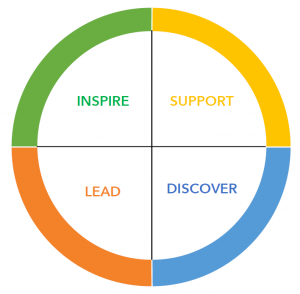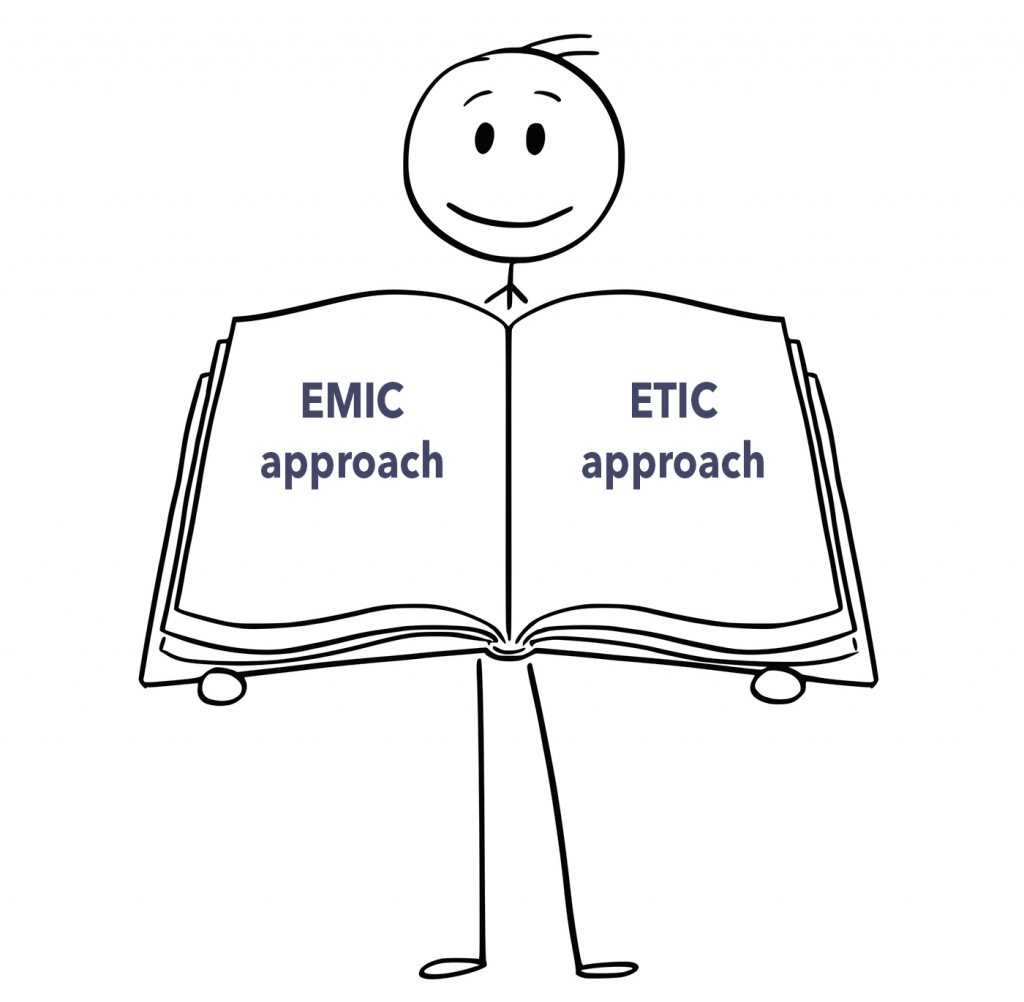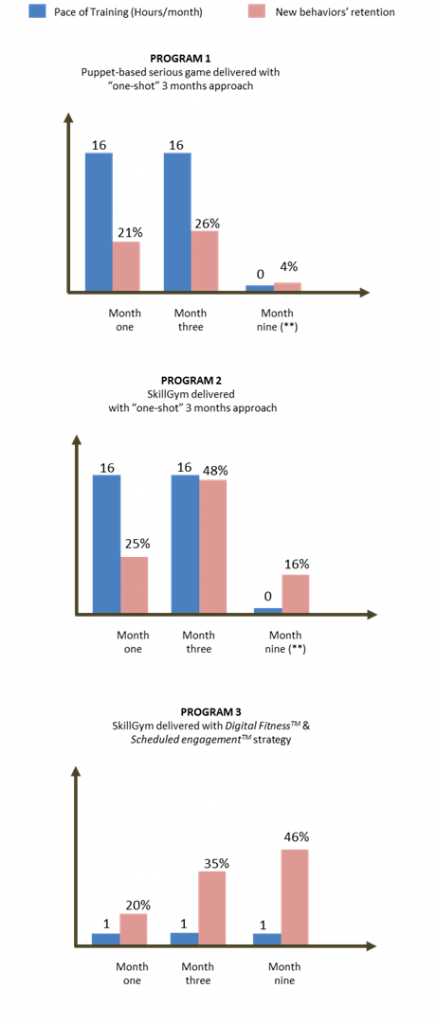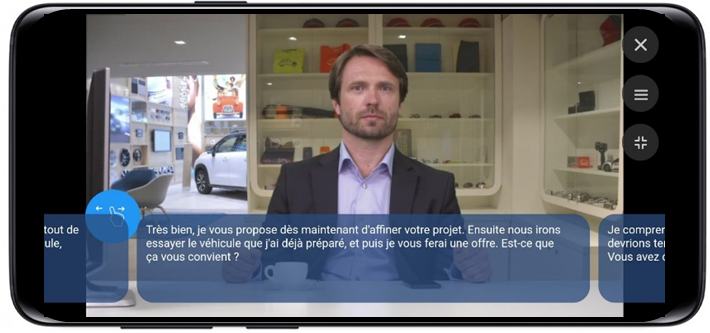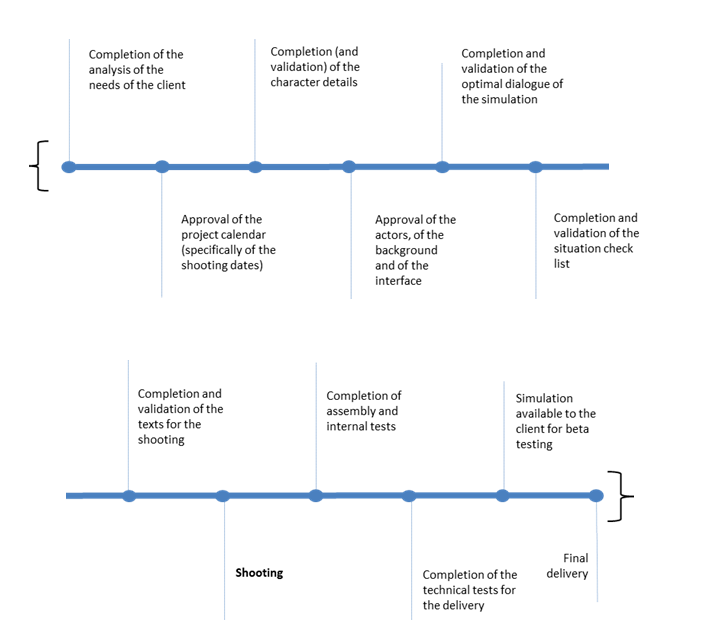
A transformation . . . into failure
Let’s imagine that the nightmare has become a reality: Your company’s digital transformation program has failed.
The consequences have been devastating: millions in lost investments, delays in release plans, negative impact on time-to-market and, above all, stress, discontent and consequently an increase in the resignation of key resources (from managers to individual contributors).
How was this possible?
After all, the conditions were excellent: The identified technical solutions seemed to perfectly meet the needs. Everything had been planned correctly, the expert groups in charge of managing the transformation program were carefully composed, and the entire company seemed ready.
After all, the employees are used to dealing with technology. They’re always connected with multiple devices and immersed in the digital dimension in every moment of their lives.
The result is paradoxical: A program that was launched with the intention of bringing innovation, accelerating business and enhancing people’s professionalism eventually caused a loss of grip on the market.
There were economic losses, and many talented people resigned. Now they have to be replaced by new hires, who of course must be recruited, trained and onboarded.
Yes, it’s terrifying.
Have you had such a nightmare? Do you fear that this could happen to your company? If so, do you know how to prevent it?
The best thing to do is to keep calm. You can then analyze the common dynamics of all digital transformation programs and identify what critical areas can be mitigated before it’s too late.
The common traits
Let’s start with the basics: What are the common features of all digital transformation programs? We can summarize them in three points:
- Digital transformation programs are complicated, long-lasting projects. They need the creation of cross-functional teams comprised of people with very different focuses and attitudes; people who haven’t previously worked closely with each other.
This kind of project requires a new mindset through which to interact with colleagues, particularly because the project development is often based on Agile methodologies that require the highest levels of focus, teamwork and lateral thinking.
- They require expert resources to be allocated to the program, which of course means removing them from their business as usual activities. As a result, the managers of those professionals must manage the transitional phase, which often requires great operational effort and the ability to motivate the people involved in the transformation program and the people in their group who keep on carrying out the usual activities.
- It is crucial that people who are part of the project be the main promoters of the digital transformation toward their colleagues who aren’t part of it. They should convey the long-term benefits that the transformation process will eventually bring to the company, and they should know how to involve, inform and generate enthusiasm.
The digital product isn’t the problem
Once the typical characteristics of a digital transformation project have been clarified, we should admit an uncomfortable truth: THE PROBLEM IS NOT THE PRODUCT.
Many people believe the central part of a digital transformation activity is the choice of the technological solution, but that’s only the initial phase.
In fact, we could say it’s the least critical part, given that the market offers plenty of valid solutions, so it’s relatively easy to make a benchmark of the functionalities offered by different vendors.
Marking the product as inadequate is a great way to avoid a true retrospective analysis, which would lead to deep-seated internal problems.
So, what makes a digital transformation program fail? Let’s identify the five main causes:
- Lack of sense of unity among the cross-functional group: This leads to the conviction that every function involved has different objectives in conflict with those of others. For instance, marketing people say IT is only focused on the cost-saving maintenance of tools, but IT people think the sole aim of the marketing department is to increase the gross adds
- Line managers’ reluctance to detach their people from business as usual in order to allocate them to the project, or insufficient delegation
- The direct managers and top management don’t give enough recognition to the work carried out by the team
- Inability to report to management the main points of attention that emerged during the project, through clear and effective communication: To this is often added a tendency to emotionally report conflicts with other colleagues and departments instead of asking for their intervention based on objective data so as to remove the obstacles that have generated misunderstandings
- The tendency to search for a guilty party instead of having an attitude of discovery and experimentation in the face of obstacles and unforeseen circumstances
People are the key
Thus, it becomes clear that the main causes of the failure of digital transformation are all related to people and the ways in which they interact. It has to do with their preconditioned bias, a lack of mutual trust and insufficient empathy in their relationships.
How can we prevent a failure related to relationship problems among people? It’s done by spreading a culture of leadership that’s supported and developed by all of the key figures in the project.
Now, stop that inner voice from saying, “However, I chose the best leaders to lead my program: those who stood out for strategic thinking, perspective vision and analytical ability.” This is only part of the necessary combination of ingredients.
It’s essential, of course, to have a strategic and long-term vision. However, if that’s all one has, such an approach will lead to a digital transformation program based only on strategic impact in terms of economic results and market positioning. In such a case, one will underestimate the crucial impact that people in the company have in dealing at different levels with the changes that occur.
In a world dominated by technology, employees are wary of digital innovations brought by their companies because they don’t feel part of a system that encourages their free initiative and enhances their contributions.
This attitude is due to a lack of communicative leadership, which makes people feel wary of any change. The leader is gauged by his approach toward others; by the way he communicates his vision, his goals, values and strategy.
The culture of leadership that must be propagated to support the digital transformation program must not only be strategic but must also be relational. It must put people at the center of the transformation.
It should motivate them, inspire them and lead them toward a new cultural approach. To do all this, your leaders should be aware of the benefits of the transformation program.
Even so, that won’t be enough. They must also have the ability to speak with their collaborators and turn these concepts into moments of enlightening motivation.
The best way to make such a radical change is to rely on conversational leadership: It’s a style of work based on the ability to manage conversation so empowering that it will radically, permanently change the mindset of the organization.
Empowering conversation for the empowerment of people
Leadership with the ability manage empowering conversation isn’t a matter of hierarchical position.
Even if you aren’t a manager, your success will depend on your ability to talk to your colleagues and convey your values, experience and energy to them.
Leadership conversation releases an energy that spreads in all directions:
1. Top-down, where an in-role manager can lead, inspire, support the employees’ reports and discover together new opportunities and viewpoints
Top management must be able to show the way for the whole company in order to legitimize the transformation project and ensure that it’s perceived as the center of the company’s evolution.
The role of top management in a transformation program is crucial, so it goes well beyond the approval of a program proposed by strategic consultants and the budget allocation.
First, it must be about finding the right talents to lead the transformation program. Second, the top management must be able to incentivize the company contribution, to convince everyone that digital transformation projects aren’t a distraction from business as usual but are the driving force in the journey toward the future.
Accordingly, it’s fundamental that the middle management is also able to communicate effectively with all the people involved in the program; to inspire, instill trust and emphasize the long-term value of the project, even if it makes it more difficult to pursue the usual operational activities.
2. Peer-to-peer, where professionals can influence other people, even if they don’t have hierarchical authority, in order to turn teamwork into a powerful occasion of collective growth
Team members of a digital transformation program should be able to express peer-to-peer leadership in order to foster collaboration and a sense of common effort on a single path.
The same energy must be brought outside the team to colleagues who aren’t directly involved in the development of the project so as to convey the benefits brought by the program, remove the natural resistance to change and give the entire company a sense of involvement in the journey.
3. Bottom-up, i.e., the ability to listen and to make a balanced comparison
Anyone involved in such a strategic program must also be able to demonstrate leadership to his or her own managers and top management; to adequately communicate the quality of the work performed, the critical issues in progress and the need to constantly receive feedback about their work.
Conversational training to generate leadership abundance
The attainment of a true people transformation requires conversational leadership as a widespread practice. Conversational leadership creates a corporate culture in which the digital transformation finds the right ground on which to grow and thrive.
The spread of empowering conversation allows you to spray the entire company with a culture of leadership abundance, i.e., a new mindset in which genuine, effective communication helps people improve the way they appreciate, motivate and guide other members of your team.
A people-oriented strategy based on abundance leads to the discovery of new talents, encouraging individual contributions and overcoming cultural barriers that prevent change.
The opposite of a culture of abundance is the culture of scarcity: It’s an attitude that refuses to spread positive energy to the rest of the organization. This attitude is expressed through a lack of trust in other groups, the reluctance to resolve conflicts and a minimal sense of involvement.
This is precisely the attitude that will lead to the failure of a digital transformation program.
However, if conversational leadership is the key to success, how can one master it? Obviously, it comes through practice: If we train through empowering conversations, we’ll become accustomed to them.
The best way to acquire practice in conversations that can reveal hidden leadership potential is through the use of consistent, practical training. People learn best through concrete experience, so we should constantly train our people in this kind of conversation.
The best way to improve our conversation skills, change our behaviors and make our communication more efficient is to try, obtain feedback and try again.
Live role-play, in which the trainee can simulate a conversation with a counterpart about crucial business-related topics, is definitely a good way to be trained in leadership conversation. Many soft-skill training programs include role-play as part of the learning path.
It would be great to involve the key people in a role-play session so as to simulate the most common conversations related to a digital transformation program and help them understand the best way to deal with it.
However, the classic face-to-face Digital Role Play has certain limits. First, it needs the presence of a trainer. It takes effort, it’s time-consuming, and it requires a dedicated training session.
Consequently, it can’t be replicated over time because practicing requires absolutely consistent repetition. Moreover, the trainee may be uncomfortable about stimulating the conversation in a training room, surrounded by other colleagues, and this could negatively impact his learning experience.
That’s why more and more companies are integrating their soft-skill training courses with Digital Role Play systems.
Digital Role Play can simulate these types of exchanges with a virtual counterpart reacting in a manner that’s consistent with the quality of our communication, the context, the objectives of the conversation and our own personality traits.
Instead of sitting in front of the trainer, the trainee interacts with a digital or virtual character on a screen. He can do it anywhere, and he can repeat the simulation as many times he wants.
A Digital Role Play overcomes the following limitations of a classic role-play:
- It reduces the stress of being “watched,” so the trainee feels more comfortable
- It allows one to plan for multiple sessions in a scalable way
- It tracks the interaction and provides analytical data about the trainee’s engagement and performance
The brain doesn’t distinguish between simulation and reality. Therefore, training in a simulated environment that’s realistic enough to replicate reality generates a lasting acquisition of behavioral practices that are maintained in real life.
The digitalization of the training strategy should be the first step toward the radical transformation of your company. A smart digital tool facilitates development strategies in a smart, measurable way.
It’s really the beginning of your digital transformation.
Preventing failure with five Digital Role Play programs
Let’s return to the five main causes of failure of a digital transformation program and see how consistent training in conversational leadership can help ensure success:
- Conflicts within the cross-functional working group: The management of such a critical situation requires the ability to support conversation in order to encourage the counterpart to make shared decisions and support others during phases involving personal stress.
A Digital Role Play program focused on collaborative leadership prepares and trains your people in these types of conversations.
- Managers who aren’t able to delegate and motivate: In this case, Digital Role Play should train managers to clearly communicate tasks to their employees and support them on the way to success.
- The direct managers and top management don’t give enough recognition for the work carried out by the team: It’s essential to deliver a Digital Role Play-based program to train the managers by having such crucial conversations right from the beginning of the project; to have conversations that turn the manager in a mentor for his collaborators and help them acquire the confidence and motivation to resolve conflicts and think strategically.
- The inability to make a correct escalation toward management: The success of a project also passes through bottom-up conversations. The ability to talk to your managers is the key to turning a problem into an opportunity as opposed to a stress factor.
Through Digital Role Play, individual contributors can learn to effectively report to their managers the organizational problems they see, update them on the progress of the project and adequately sustain feedback interviews.
- The tendency to search for a guilty party instead of working together to find a solution: Here, managers must be trained to manage the conversations that allow them to inspire their collaborators with a strategic, collaborative and group-oriented way of thinking instead of defending their individual goals.
What’s next
A digital transformation is an extraordinary opportunity for the evolution of the company: When implemented correctly, it can lead to a reduction in the time to market, a more scalable business and faster, cheaper operational processes.
However, it also brings risks that, if not managed properly, can cause the entire program to fail. Generally, such risks are linked to a lack of motivation and common vision from the people involved in the program throughout the company.
To generate the necessary synergy, it’s essential to create a culture of leadership based on empowering conversations. It’s important to have a culture that can inspire and lead the organization so that people feel free to use their initiative and bring value through their ideas.
A corporate culture based on conversational leadership is the best way to discover, motivate and inspire the talents who design and implement transformation projects.
Practice is the only way to teach people to support the empowerment of conversation.
The more often these conversations are held, the more effective they’ll be. Thus, the best way to practice is to learn to support them in a realistic, scalable simulation environment.
Here’s the good news: SkillGym has developed a methodology based entirely on Digital Role Play to develop and maintain the conversational leadership skills.
Each of the conversation types described above, as necessary to spread the culture of leadership abundance throughout your company and ensure the success of digital transformation, is part of the SkillGym library.
They can be used to train the managers, high-potential and individual contributors who will transform your company.
Would you like to know more about it? Don’t hesitate to visit our website and book a 1-hour discovery call here.
We would be pleased to get in touch with you and continue this conversation.


 Increase in the number of conversations.
Increase in the number of conversations.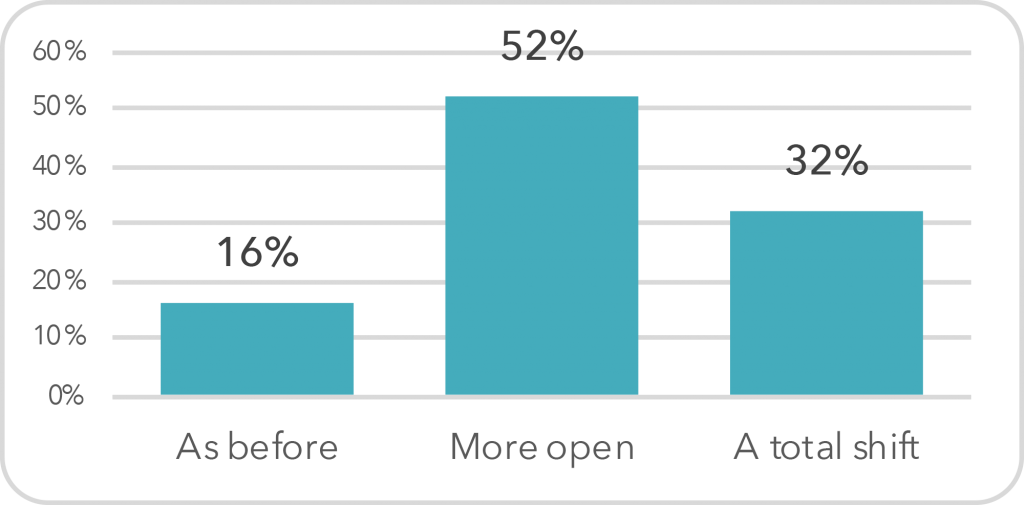 Change in quality of the conversations.
Change in quality of the conversations.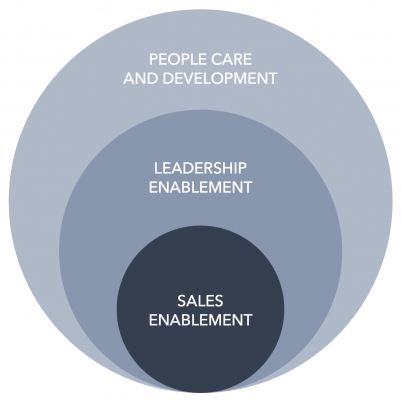



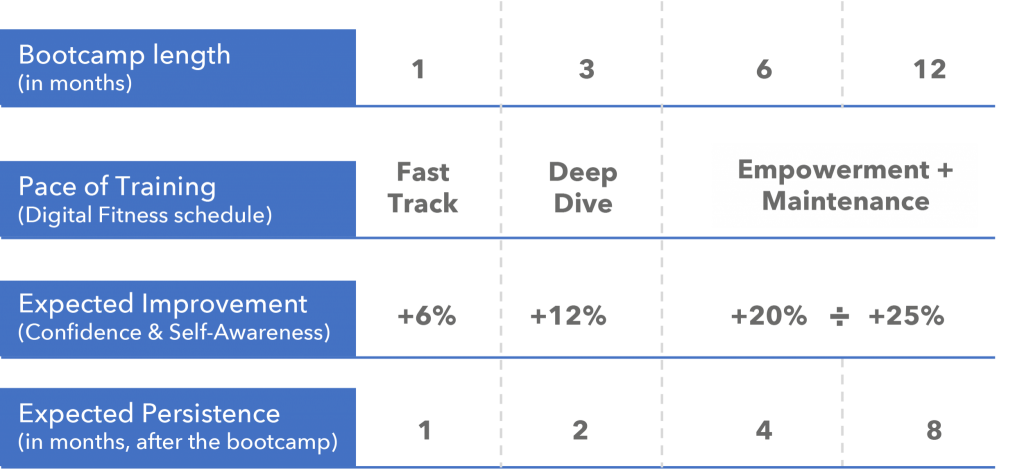
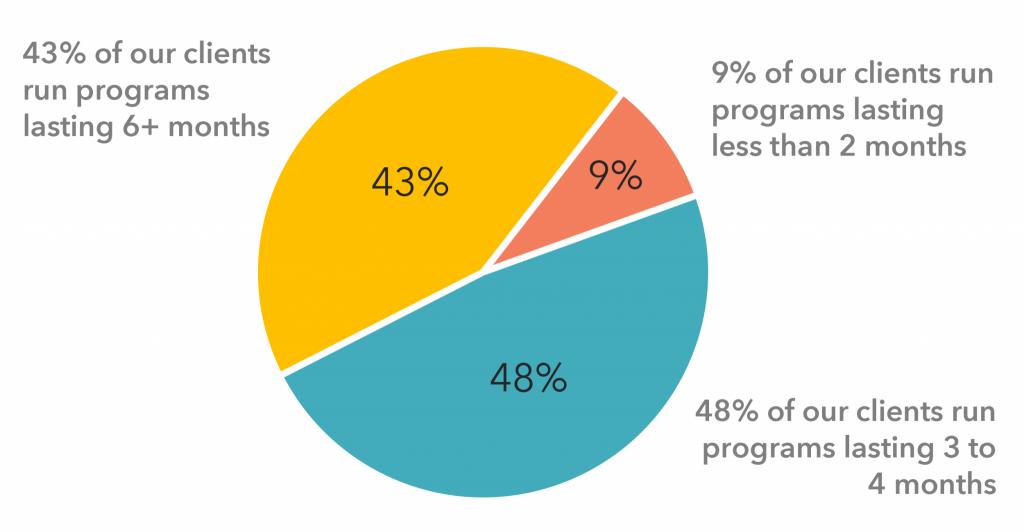

 Practicing Improves Performance.
Practicing Improves Performance. Keep Users Engaged with Digital Learning.
Keep Users Engaged with Digital Learning.





